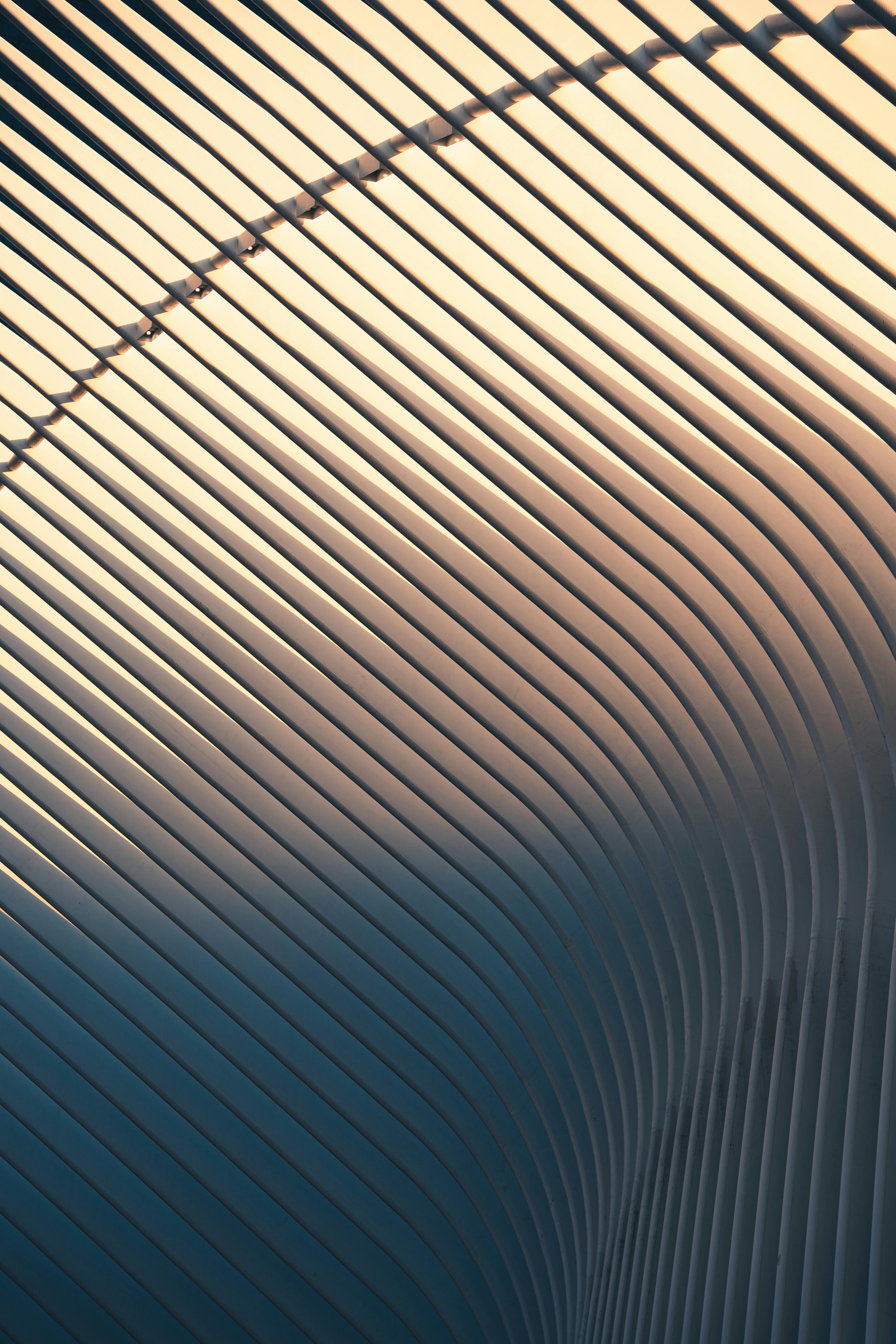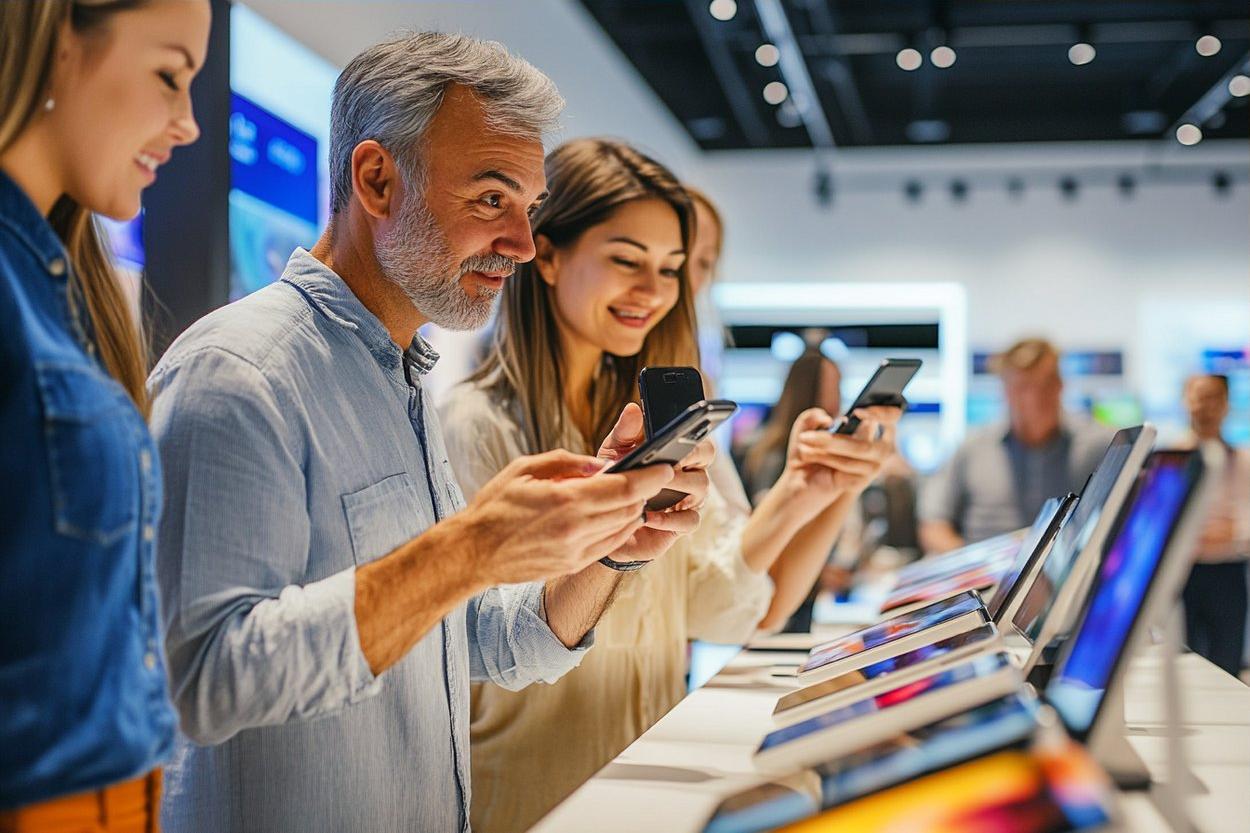Shifting Paradigms: The Intriguing Intersection of Virtual Reality and Performance Art
The digital age has ushered in uncharted territories in our lives, and the arts and entertainment industry is no exception. In this article, we delve into the intriguing intersection of virtual reality (VR) and performance art, a novel fusion that is revolutionizing the way we experience artistry.

An Unprecedented Fusion: A Historical Overview
The roots of virtual reality can be traced back to the mid-20th century, yet its infiltration into the realm of performance art is a relatively recent phenomenon. Traditionally, performance art has always thrived on the visceral connection between the performer and the audience, a bond that challenges conventional spaces and pushes boundaries. But with the advent of VR technology, these boundaries are being stretched even further, creating immersive and interactive experiences that defy geographical and physical constraints.
The Digital Wave: Current Trends and Innovations
In the current landscape, a growing number of artists and tech enthusiasts are exploring the potential of VR in performance art. Utilizing high-tech headsets and sensory equipment, they are crafting virtual environments that allow viewers to not just observe, but also participate in the performance. This immersive engagement is reshaping the traditional passive viewing experience, enabling audiences to actively contribute to the artistic narrative.
The Ripple Effect: Impact and Reception
The fusion of VR and performance art has generated a mixed response. While some hail it as a groundbreaking innovation, others express concerns about the potential loss of human connection that lies at the heart of traditional performance art. Regardless of the debates, it’s undeniable that this hybrid art form has sparked a profound dialogue about the future of artistic expression.
The Grand Scheme: The Significance of VR in Performance Art
Amid the rapid digital transformation, the integration of VR in performance art signifies a bold step towards a more inclusive and accessible artistic landscape. With VR, artists can transcend physical barriers, reaching audiences who might not otherwise have access to such performances. Moreover, by offering a platform for active participation, VR can empower viewers, transforming them from passive spectators into active collaborators.
The Brave New World of Art
The intersection of VR and performance art is a testament to the transformative power of technology. As we navigate this fascinating fusion, it’s imperative to celebrate the possibilities it brings while also acknowledging the challenges it poses. In the midst of this digital revolution, we are witnessing the dawn of a brave new world of art, one that thrives on innovation, inclusivity, and interactivity.
In the end, whether we embrace this shift or not, the marriage of VR and performance art is a clear sign of the times. It’s a bold statement of what the future of art might look like, a future that’s as thrilling as it is unpredictable.




